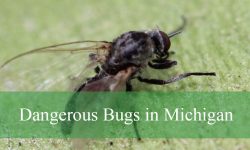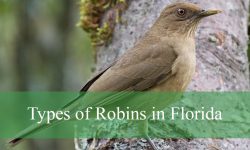Mosquitoes are not native to Hawaii. These buzzing insects were accidentally introduced to the islands in the early 1800s through ships and trade routes, forever changing the islands’ delicate ecosystems. Since their arrival, mosquitoes have become a major concern not only for human comfort but also for wildlife conservation, especially for Hawaii’s unique native birds.
Today, Hawaii is home to about ten species of mosquitoes, some of which are invasive vectors capable of spreading diseases like dengue fever, Zika, and avian malaria. These species thrive in the islands’ warm, humid conditions and are most active during the early morning and evening hours. Understanding the different types of mosquitoes in Hawaii helps both residents and visitors protect themselves and their surroundings.
Below, you’ll find detailed descriptions and identification guides for ten mosquito species found across the Hawaiian Islands — including their appearance, habits, habitats, and risks to humans and wildlife.
Common Mosquitoes Found in Hawaii
Aedes aegypti (Yellow Fever Mosquito)
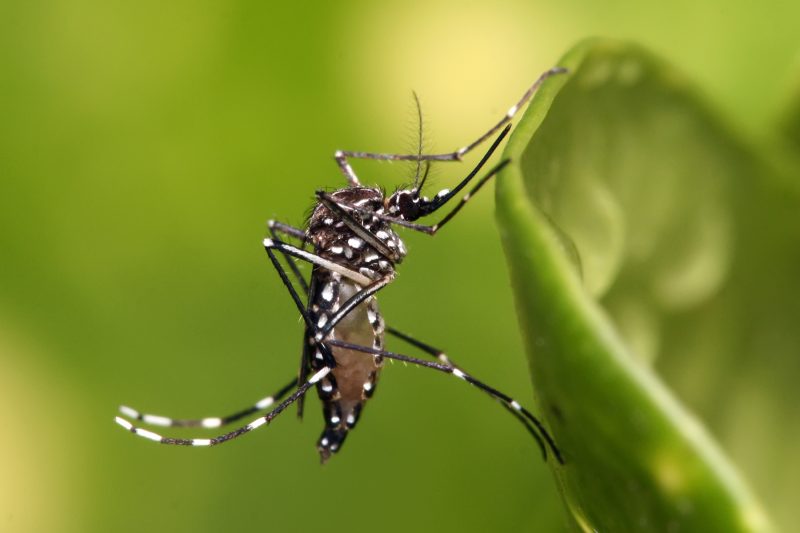
Aedes aegypti is one of the most recognizable mosquito species in Hawaii, known for its distinctive white markings on the legs and a lyre-shaped pattern on its thorax. This small, dark mosquito thrives in urban and residential areas, especially where standing water is available in containers, flower pots, or discarded tires. Its preference for living close to humans makes it a serious public health concern.
This mosquito species is primarily active during the daytime, particularly in the early morning and late afternoon. Unlike many other species, Aedes aegypti prefers to bite people rather than animals, which increases the risk of disease transmission. Females require blood meals to produce eggs, often feeding multiple times on different hosts in one cycle.
Aedes aegypti is the main vector of several dangerous viruses, including dengue, Zika, chikungunya, and yellow fever. Although Hawaii has not seen widespread local transmission of these diseases recently, the presence of this species poses a constant risk, especially when infected travelers arrive on the islands. Health officials continuously monitor and control its population to prevent outbreaks.
In Hawaii, this mosquito is found on multiple islands but is most common in densely populated areas like Oahu. Preventive measures include eliminating stagnant water, using mosquito repellents, and installing window screens. Public education campaigns have also been key in reducing breeding sites near human dwellings.
Aedes albopictus (Asian Tiger Mosquito)
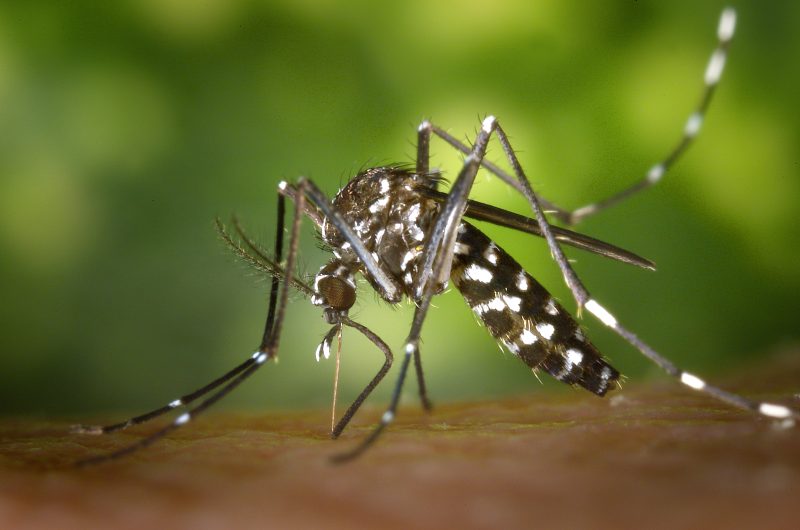
Aedes albopictus, commonly known as the Asian Tiger Mosquito, is easily identified by its striking black-and-white striped body and legs. Originally from Asia, it has adapted well to Hawaii’s tropical climate since its introduction in the 1890s. This mosquito is smaller than Aedes aegypti but equally aggressive when it comes to biting humans.
The Asian Tiger Mosquito is a daytime biter that prefers shady outdoor areas such as gardens, forests, and backyards. It lays eggs in small containers and natural cavities that hold rainwater. Its eggs are resistant to drying out, allowing the species to survive through droughts and reappear after rainfall, making it a persistent nuisance.
Although not as efficient as Aedes aegypti in transmitting viruses, Aedes albopictus can still spread dengue, chikungunya, and Zika viruses. Its adaptability to both urban and rural environments has made it one of the most widespread mosquito species in Hawaii. Because it can thrive in cooler temperatures, it occupies a wider range of habitats than most tropical mosquitoes.
In Hawaii, Aedes albopictus is found on all major islands, especially in forested or vegetated regions. Control efforts focus on community participation, urging residents to eliminate standing water and wear protective clothing during mosquito activity hours. Its resilience and versatility make it one of Hawaii’s most challenging species to manage.
Aedes japonicus (Asian Bush Mosquito)
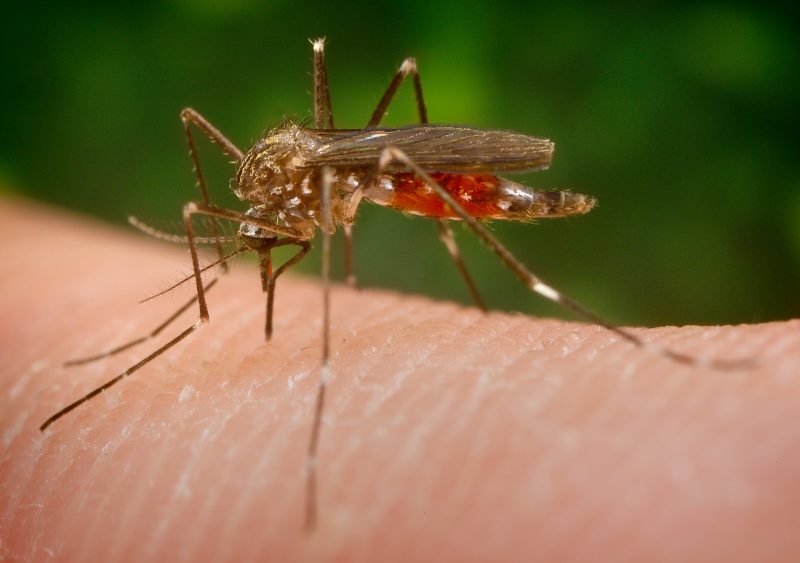
Aedes japonicus is a relatively new species in Hawaii, believed to have been introduced through international trade. It has a dark brown body with gold scales and distinct patterns on its legs and thorax. Compared to other Aedes mosquitoes, it is less aggressive and prefers shaded, cool habitats like wooded areas or areas near streams.
This mosquito is often found breeding in natural containers such as tree holes, rock pools, and artificial containers that hold rainwater. It is more tolerant of cooler environments than many tropical mosquitoes, allowing it to inhabit higher elevations on the islands. Its larvae are often found in the same habitats as native insects, creating competition and ecological imbalance.
Aedes japonicus is a potential vector for several diseases, including West Nile virus and Japanese encephalitis, though it has not been linked to outbreaks in Hawaii yet. Scientists are concerned that it could become a bridge vector for local disease transmission if it adapts further to Hawaii’s ecosystem.
Currently, this species is limited in distribution across the Hawaiian Islands but may expand if climate conditions continue to shift. Regular surveillance programs are crucial to tracking its spread and preventing it from becoming a widespread invasive pest.
Aedes vexans (Inland Floodwater Mosquito)
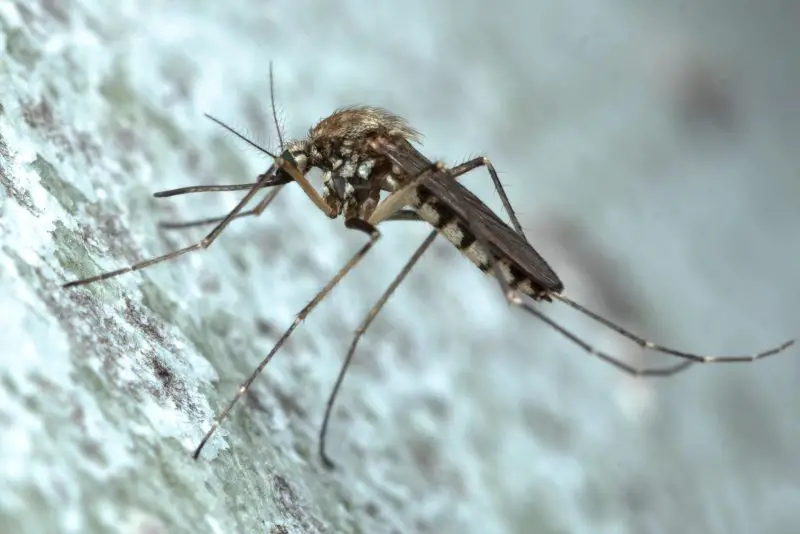
Aedes vexans is one of the most common floodwater mosquitoes in the world and has been recorded in Hawaii, especially in areas that experience temporary flooding. This species is medium-sized, with a brown body and pale bands across its abdomen. Its life cycle is closely tied to rainfall and flooding patterns.
Females lay eggs in moist soil that floods periodically, and the larvae hatch once the area becomes submerged. This adaptation allows the population to boom rapidly after heavy rains. Unlike many other mosquitoes, Aedes vexans tends to bite at dusk and during the evening, targeting both humans and animals for blood meals.
Although not a major vector in Hawaii, Aedes vexans can transmit diseases such as West Nile virus and dog heartworm. Its painful bite and persistence make it a nuisance to both residents and visitors. In some parts of the islands, increased rainfall and stagnant puddles contribute to local outbreaks.
Control strategies for Aedes vexans involve managing water levels in flood-prone areas and using larvicides in stagnant pools. Because the eggs can remain dormant for long periods, long-term monitoring is essential to prevent population surges after heavy rainfall.
Culex quinquefasciatus (Southern House Mosquito)
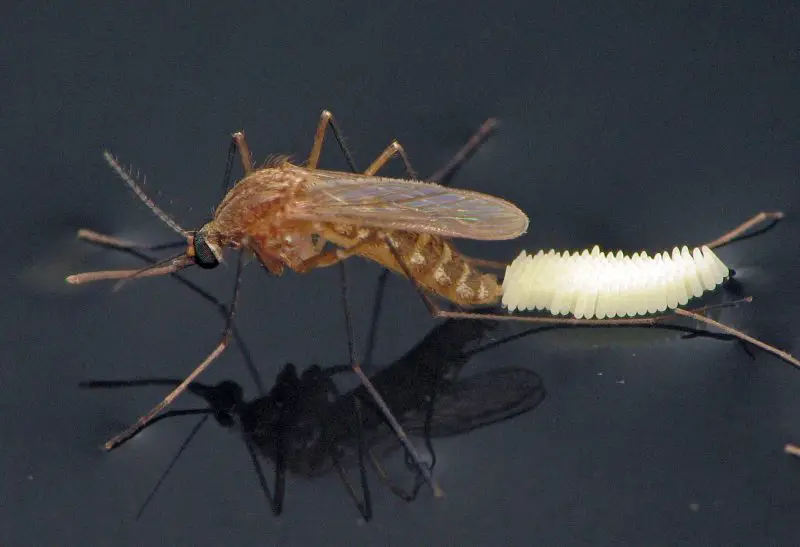
Culex quinquefasciatus is the most widespread mosquito species in Hawaii and a primary concern for both human and wildlife health. It is a small, brown mosquito with slender legs and no distinctive markings, often going unnoticed until it becomes a problem. It thrives in urban environments and breeds in stagnant, nutrient-rich water like drains, cesspools, and septic tanks.
This nocturnal mosquito is most active after sunset and prefers to feed on birds, though it readily bites humans as well. Its feeding habits have had devastating effects on Hawaii’s native bird populations, particularly honeycreepers, which have suffered from avian malaria transmitted by this mosquito.
Culex quinquefasciatus is also capable of transmitting diseases such as West Nile virus and lymphatic filariasis in other regions, making it a species of major medical importance. In Hawaii, it has played a critical role in the decline of endemic bird species that live in lowland forests.
Efforts to control this species include improving drainage systems, covering water storage containers, and using mosquito traps and larvicides. Protecting high-elevation native bird habitats—where temperatures are too cool for mosquito breeding—is also a key conservation strategy in Hawaii.
Culex pipiens (Northern House Mosquito)
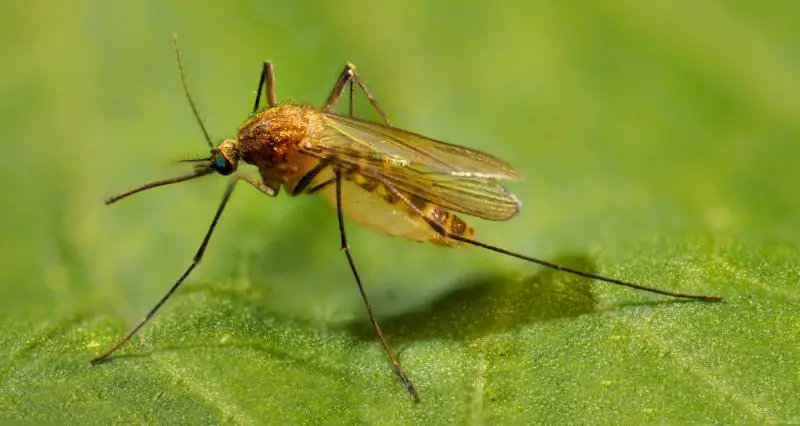
Culex pipiens, also known as the Northern House Mosquito, is a small, dull brown mosquito that closely resembles its southern counterpart, Culex quinquefasciatus. It was likely introduced to Hawaii through ship transport in the early 20th century. This species is adaptable and can breed in a wide range of environments, from urban storm drains to backyard water containers. Its larvae develop in stagnant water rich in organic material, such as ponds, puddles, or neglected buckets.
This mosquito is primarily nocturnal and becomes active after dusk. It prefers to feed on birds but will also bite humans when bird hosts are not available. Culex pipiens has been observed resting indoors during the day, especially in shaded, humid areas. Its buzzing is faint but noticeable when populations are dense, which can make it a persistent household nuisance.
In terms of disease transmission, Culex pipiens is a known vector for West Nile virus, St. Louis encephalitis, and avian malaria in other parts of the world. In Hawaii, it contributes to the spread of avian malaria, endangering native bird species in lowland and mid-elevation forests. Researchers have also identified hybridization between Culex pipiens and Culex quinquefasciatus in some regions, which may affect transmission efficiency.
Hawaii’s control measures for this species include improving water management and public awareness campaigns that encourage residents to remove standing water from their properties. Integrated mosquito management programs also use traps and biological control agents to keep populations in check.
Culex sitiens (Salt Marsh Mosquito)
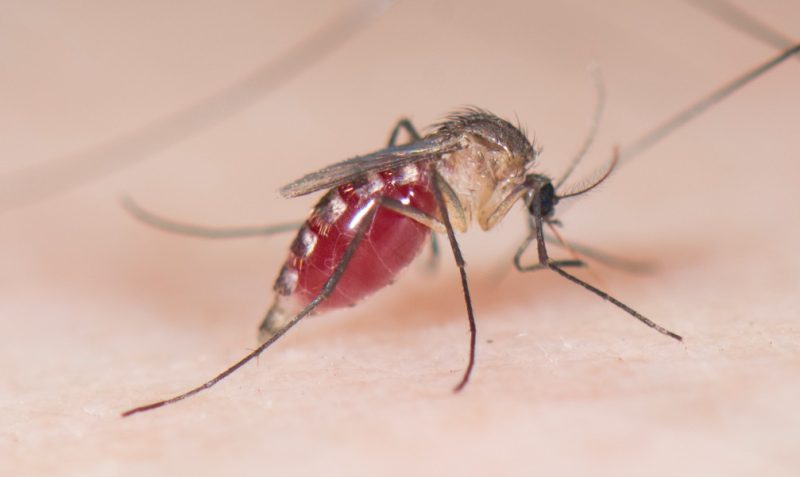
Culex sitiens, commonly known as the Salt Marsh Mosquito, is a coastal species found primarily near Hawaii’s shorelines, wetlands, and brackish ponds. It has a light brown body with narrow scales on the wings and pale banding on its legs. This mosquito prefers habitats with moderate salinity levels, breeding in salt marshes, mangrove edges, and temporary pools formed by ocean spray or tidal flooding.
This species is highly adaptable and capable of traveling several kilometers from its breeding sites in search of blood meals. It is primarily active during the evening and nighttime but may also bite during cloudy days. Females target both birds and mammals, including humans, making it a common pest for coastal residents and visitors.
Culex sitiens can transmit several mosquito-borne diseases, including Japanese encephalitis and Ross River virus in other regions. While these viruses are not present in Hawaii, its potential as a disease vector makes it an important species for monitoring. Its aggressive biting behavior and abundance near beaches can also reduce comfort and outdoor recreation opportunities in coastal areas.
Managing Culex sitiens populations in Hawaii requires careful ecological balance. Since salt marshes are vital ecosystems for native birds and plants, chemical control methods are limited. Instead, biological control, habitat modification, and larvicidal treatments are preferred for keeping mosquito numbers low without harming wildlife.
Wyeomyia mitchellii (Treehole Mosquito)
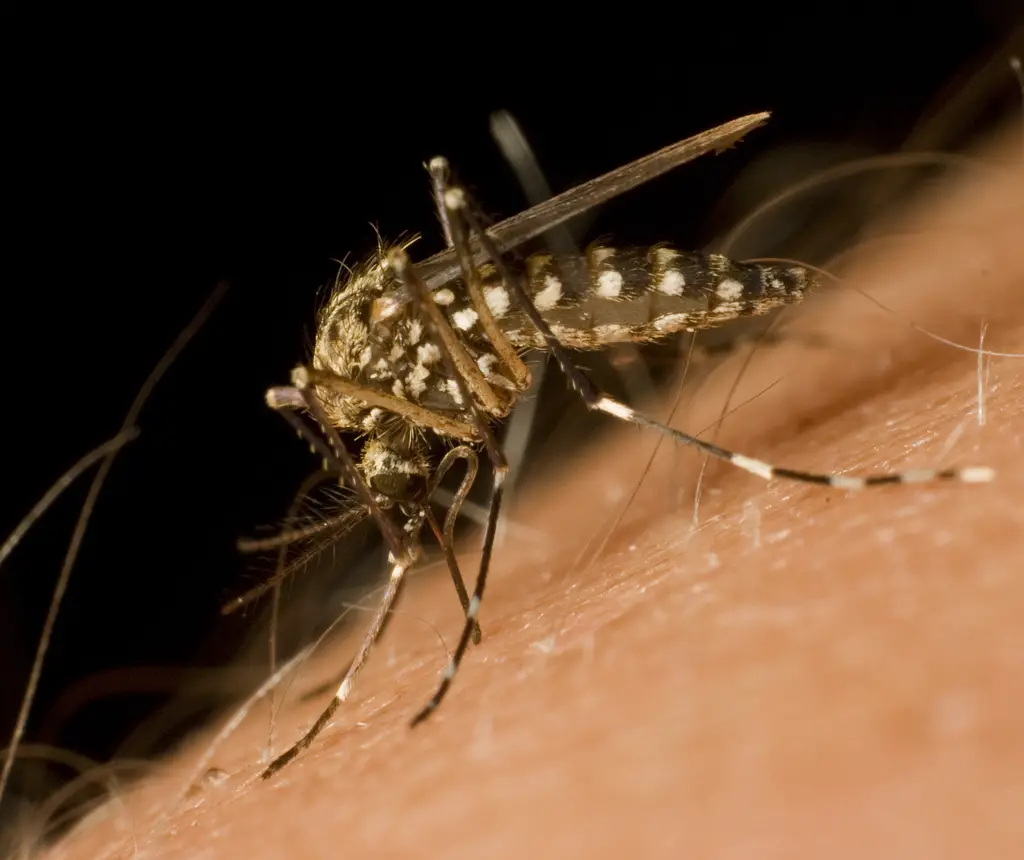
Wyeomyia mitchellii, known as the Treehole Mosquito, is a small, dark mosquito with iridescent green scales that give it a subtle metallic sheen. It is native to the Americas but has been introduced to Hawaii, where it has adapted to tropical forests and gardens. As its name suggests, this mosquito breeds in tree holes and plant axils that collect rainwater, including those of bromeliads and banana plants.
This species is mostly active during daylight hours but tends to stay in shaded, humid areas such as forests or thick vegetation. Unlike many urban mosquito species, Wyeomyia mitchellii is rarely found indoors. Its flight range is limited, usually staying close to its breeding sites, which makes it less widespread than other mosquitoes in Hawaii.
While not a major disease vector in Hawaii, Wyeomyia mitchellii has been associated with the transmission of some arboviruses in other tropical regions. Its presence can still affect the ecological balance by competing with native Hawaiian insects for breeding sites. Additionally, it can be a biting nuisance for hikers and residents living near forested areas.
Control efforts for this species are focused on environmental management. Removing standing water from natural containers like coconut shells, bamboo nodes, or bromeliad leaves can reduce breeding. Because of its limited dispersal ability, localized control is often effective in keeping populations manageable.
Aedes notoscriptus (Australian Backyard Mosquito)
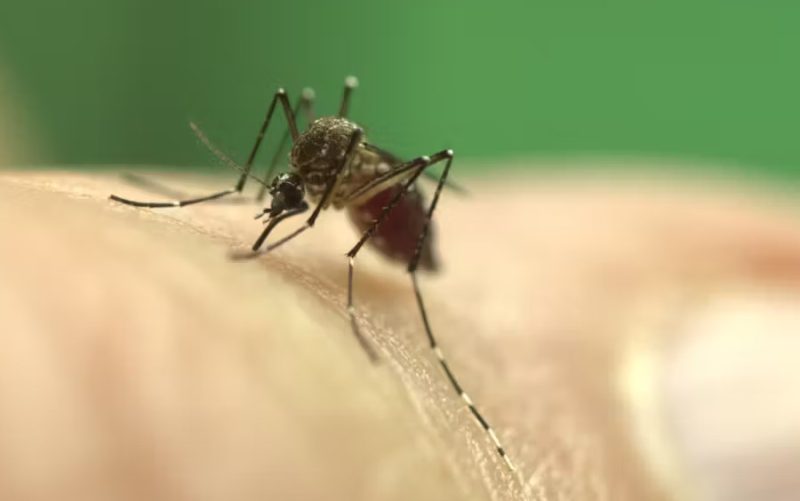
Aedes notoscriptus, also known as the Australian Backyard Mosquito, is an invasive species that has become established in Hawaii’s residential areas. It is a medium-sized mosquito with dark brown coloration, white bands on its legs, and silver-white scales forming a pattern on its thorax. This species thrives in small containers such as buckets, birdbaths, and flower pots, especially in shaded gardens and yards.
The mosquito is active during the day, particularly in the early morning and late afternoon. Females prefer feeding on mammals, including humans and dogs, but will also feed on birds. Its eggs can survive dry conditions for extended periods, allowing rapid population growth after rain. This resilience makes it one of the more difficult species to eradicate once it becomes established in an area.
Aedes notoscriptus is a known vector of diseases such as Barmah Forest virus, Ross River virus, and dog heartworm in its native Australia. Although these diseases are not currently present in Hawaii, the species’ presence poses an ongoing biosecurity concern. Its adaptability to human environments also makes it a persistent nuisance mosquito.
Controlling Aedes notoscriptus relies heavily on community involvement. Residents are encouraged to empty or cover water containers and use repellents. Mosquito surveillance programs in Hawaii continue to track its distribution to prevent it from expanding into natural habitats where it could threaten native wildlife.
Anopheles bancroftii (Malaria Mosquito)

Anopheles bancroftii, often referred to as the Malaria Mosquito, is a rare species in Hawaii, believed to have arrived through accidental introduction. It has slender legs, long palps, and a distinctive resting posture with its body at an angle to the surface. Unlike most other Hawaiian mosquitoes, it belongs to the Anopheles genus, which is known worldwide for transmitting malaria.
This mosquito typically breeds in freshwater habitats such as ponds, slow-moving streams, and flooded fields. Its larvae lie parallel to the water surface, a trait that distinguishes it from other mosquito genera. Adults are primarily nocturnal, emerging at dusk to feed. Females feed on both humans and animals, and their bites are often more painful than those of Culex or Aedes species.
In other parts of the Pacific, Anopheles bancroftii is a competent vector of Plasmodium vivax, one of the parasites that cause malaria in humans. However, Hawaii has remained malaria-free for many decades, and there is no current evidence of disease transmission by this species on the islands. Still, its presence highlights the importance of maintaining strict surveillance to prevent imported cases from leading to local outbreaks.
Because Anopheles bancroftii populations are small and localized in Hawaii, control measures focus on habitat management. Draining stagnant freshwater sources and monitoring transportation routes help prevent further establishment. Public health authorities remain vigilant to ensure this species does not become a health threat in the future.
FAQs about Mosquitoes in Hawaii
What is the most common mosquito in Hawaii?
The Culex quinquefasciatus (Southern House Mosquito) is the most widespread species across the Hawaiian Islands. It thrives in urban environments and is responsible for transmitting avian malaria to native birds.
Do mosquitoes in Hawaii carry diseases?
Yes, several species in Hawaii can carry viruses such as dengue, Zika, and chikungunya. However, there are currently no active outbreaks. The greatest ecological impact comes from avian malaria affecting native bird populations.
Are mosquitoes native to Hawaii?
No. Mosquitoes are not native to Hawaii. They were introduced accidentally in the 1800s via ship routes. Their arrival drastically altered Hawaii’s ecosystems, particularly harming endemic bird species.
How can you prevent mosquito bites in Hawaii?
To reduce mosquito bites, use repellents containing DEET or picaridin, wear long sleeves during dawn and dusk, and eliminate standing water near homes. Installing window screens also helps prevent indoor infestations.
Are mosquitoes worse on some islands than others?
Yes. Oahu and the Big Island tend to have higher mosquito populations due to dense human settlements and favorable breeding environments. High-elevation areas such as those on Maui and Kauai generally have fewer mosquitoes.



